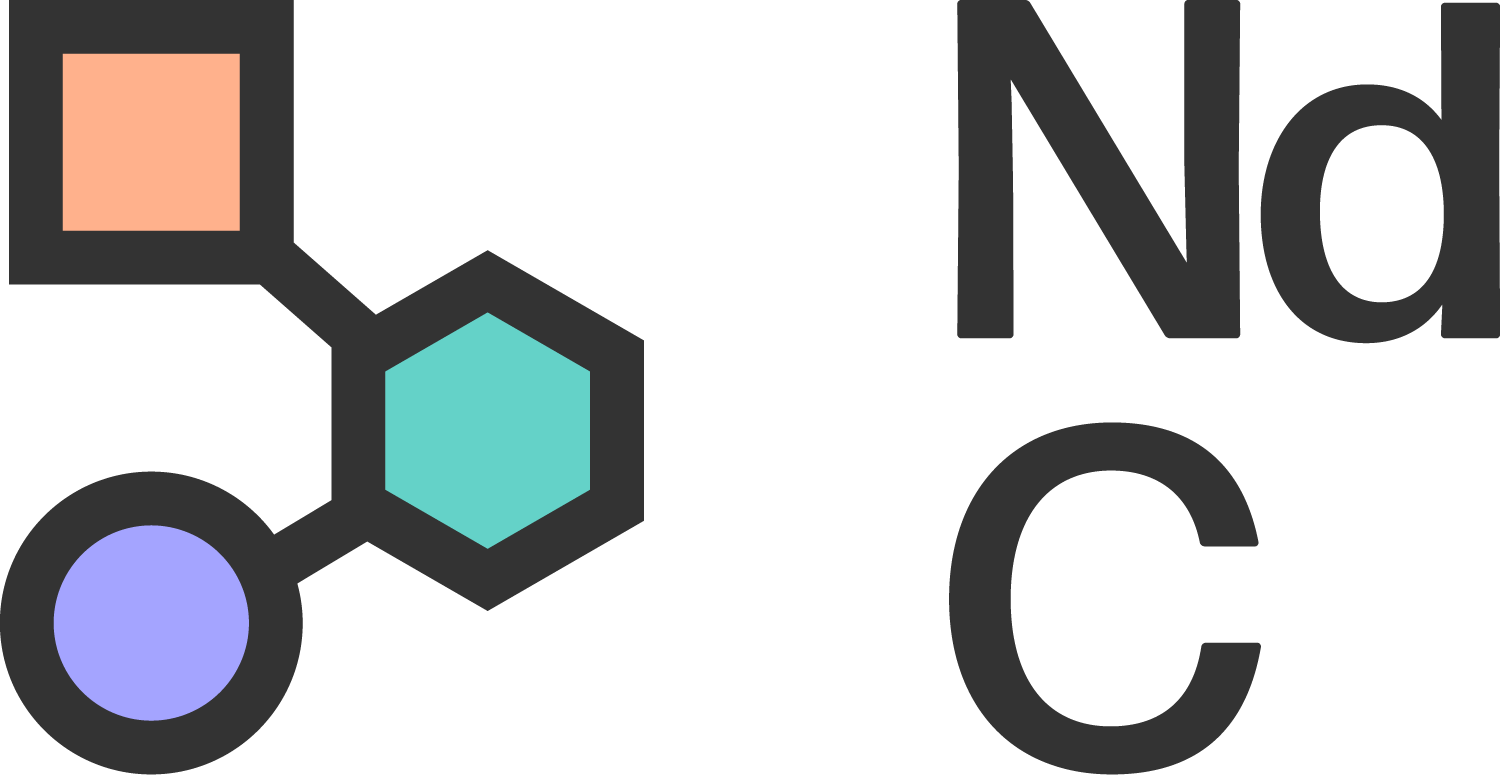Moving beyond the mirror: the disconnect between eating disorder treatment and the needs of dysphoric Trans people
Kai Schweizer examines how mainstream eating disorder treatments (such as ‘mirror exposure therapy’) elide the Trans experience of gender dysphoria in their pursuit of ‘radical body acceptance’, causing harm to and invalidating the experiences of Trans people with eating disorders.
Who Are Trans People?
“Trans” (short for transgender) refers to a person whose gender identity doesn’t match the sex that was presumed of them at birth. This includes men who were presumed female at birth (trans men), women presumed male at birth (trans women), and people whose gender identity does not fit within these binary categories of gender (non-binary). Trans people may also use a variety of culturally specific terms to describe their gender such as Hijra, Two-spirit, or Brotherboy. Many trans people experience distress or disconnection from their sex presumed at birth and gender identity not matching. This is referred to as ‘gender dysphoria’ or simply ‘dysphoria’ for short. Dysphoria can be alleviated through gender affirmation including hormones and surgery, as well as social changes like using a different name and pronouns.
The Role of Dysphoria in Eating Disorders
Trans people experience eating disorders at disproportionately high rates. In many cases, this can be attributed to gender dysphoria. Studies describe trans people engaging in disordered eating to manipulate their bodies and manage their gender dysphoria. Trans people often engage in disordered eating with the hope of being perceived by others as their affirmed gender. For example, restriction may occur to reduce the appearance of breasts and curves, whilst bingeing can occur to increase curves. Trans people with a uterus may use disordered eating to stop their menstrual periods and trans adolescents may restrict their food intake to suppress their puberty.
The Problem with Current Eating Disorder Treatment
Unfortunately, mainstream eating disorder treatment does not consider the role of gender dysphoria. Contemporary eating disorder treatment focuses on ‘radical body acceptance’ (i.e., learning to love and accept one’s body as it is). This can involve activities focused on being present in one’s body or exposure activities. A common example is ‘mirror exposure therapy’, where a person is required to look at their body in the mirror for up to 40 minutes. Whilst such activities can be very useful to cisgender (non-trans) people, they can also be inappropriate and harmful to dysphoric trans people. The radical body acceptance approach invalidates the reality of the dysphoric trans experience, encouraging trans people to accept body parts that cause them great distress. It ignores the importance of gender affirmation in our self-esteem, body image, and overall quality of life.
Gender-Affirming Eating Disorder Treatment
Here are 4 ways that eating disorder treatment can better meet the needs of dysphoric trans people:
Acknowledge that gender dysphoria can be a significant contributor to eating disorders in trans people.
Develop and use eating disorder screening tools that include and measure gender dysphoria.
Challenge disordered eating behaviours whilst validating the reality of the trans person’s gender dysphoria.
Support trans people to replace their disordered eating behaviours with healthier ways to manage their gender dysphoria such as accessing affirming clothing, using a different name, and/or medical interventions.

